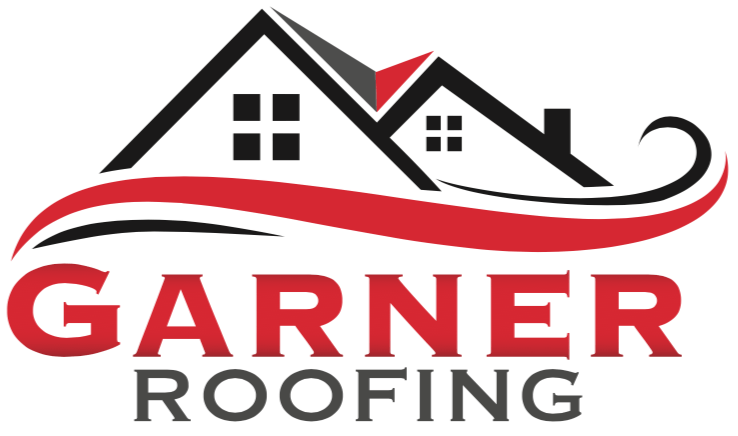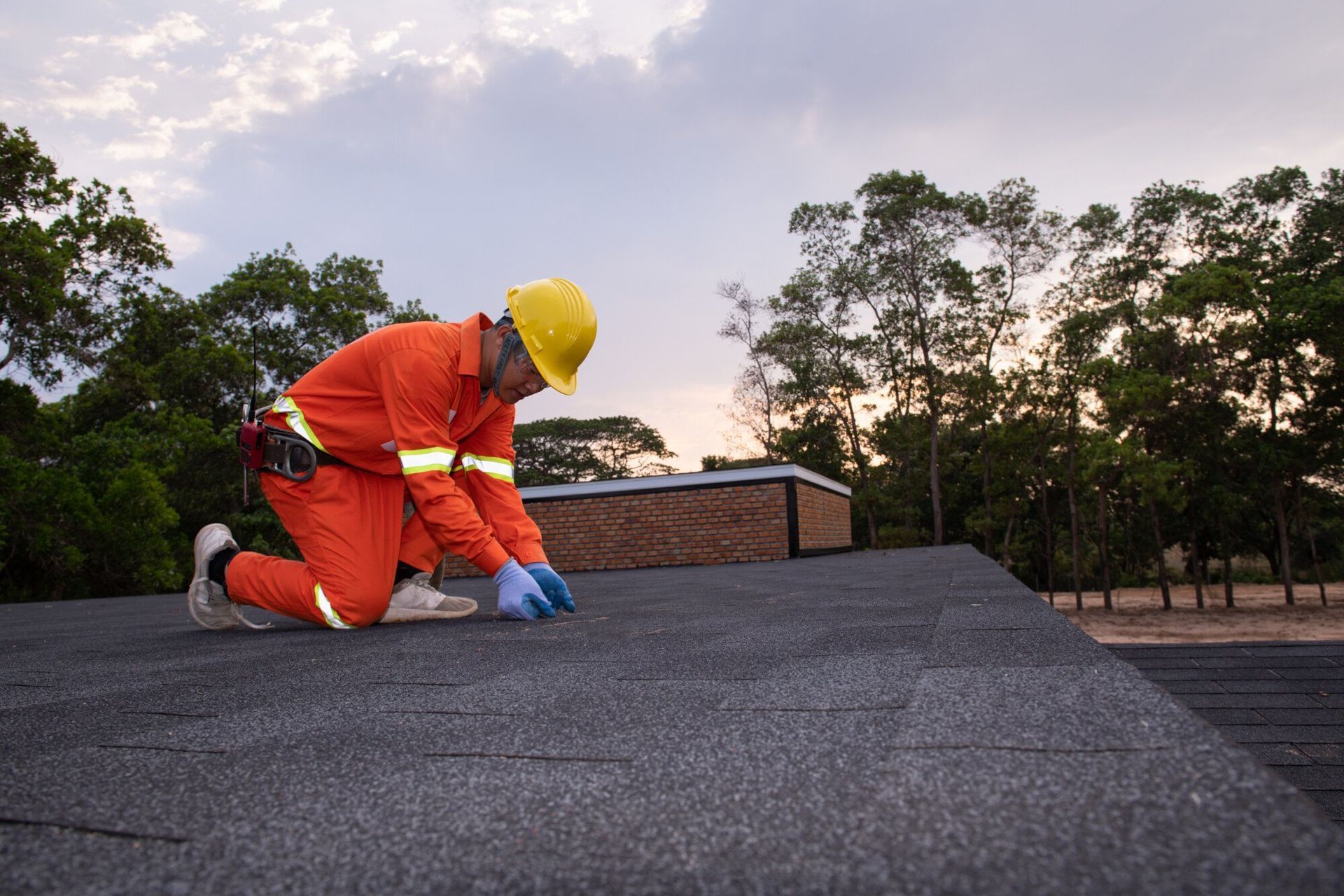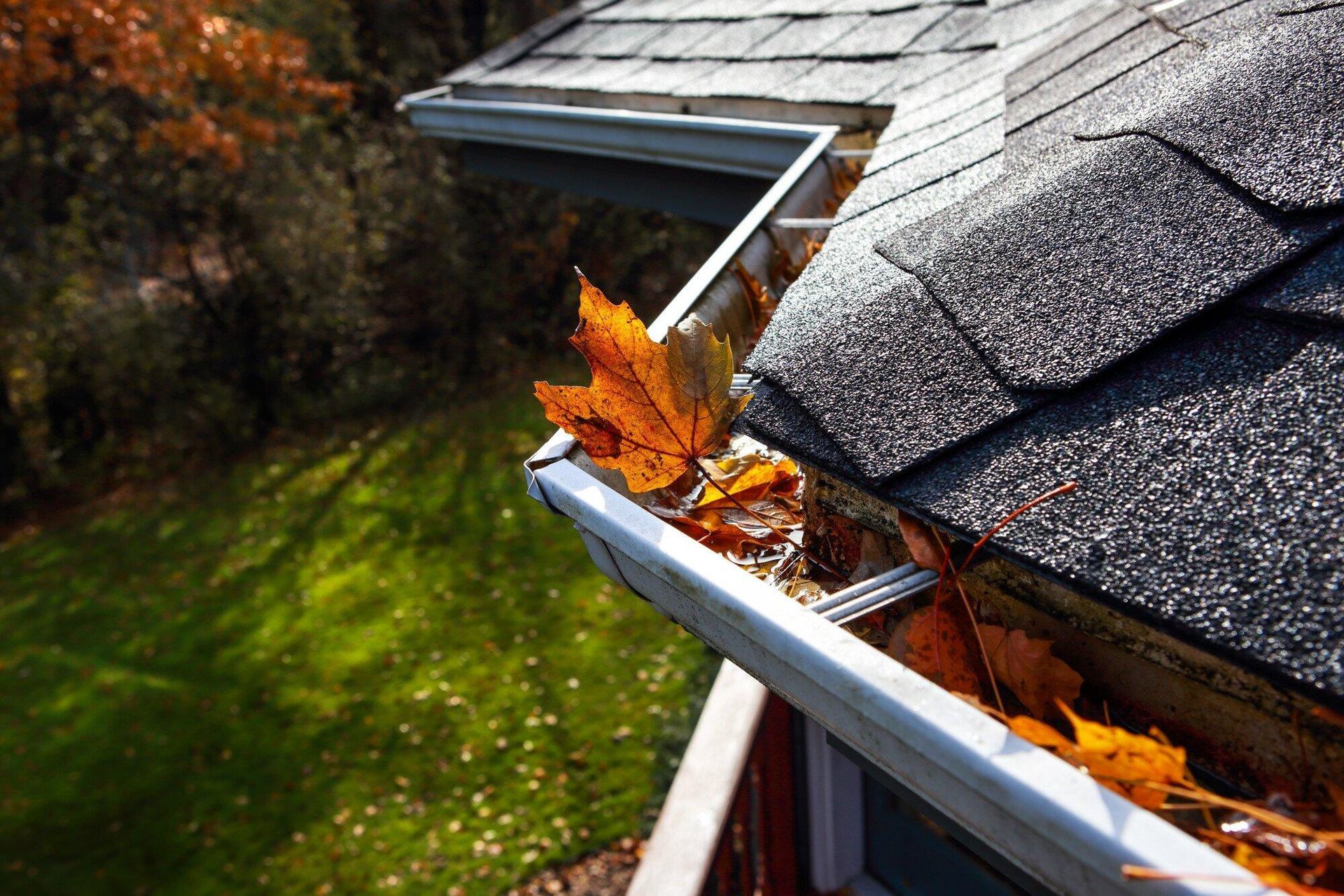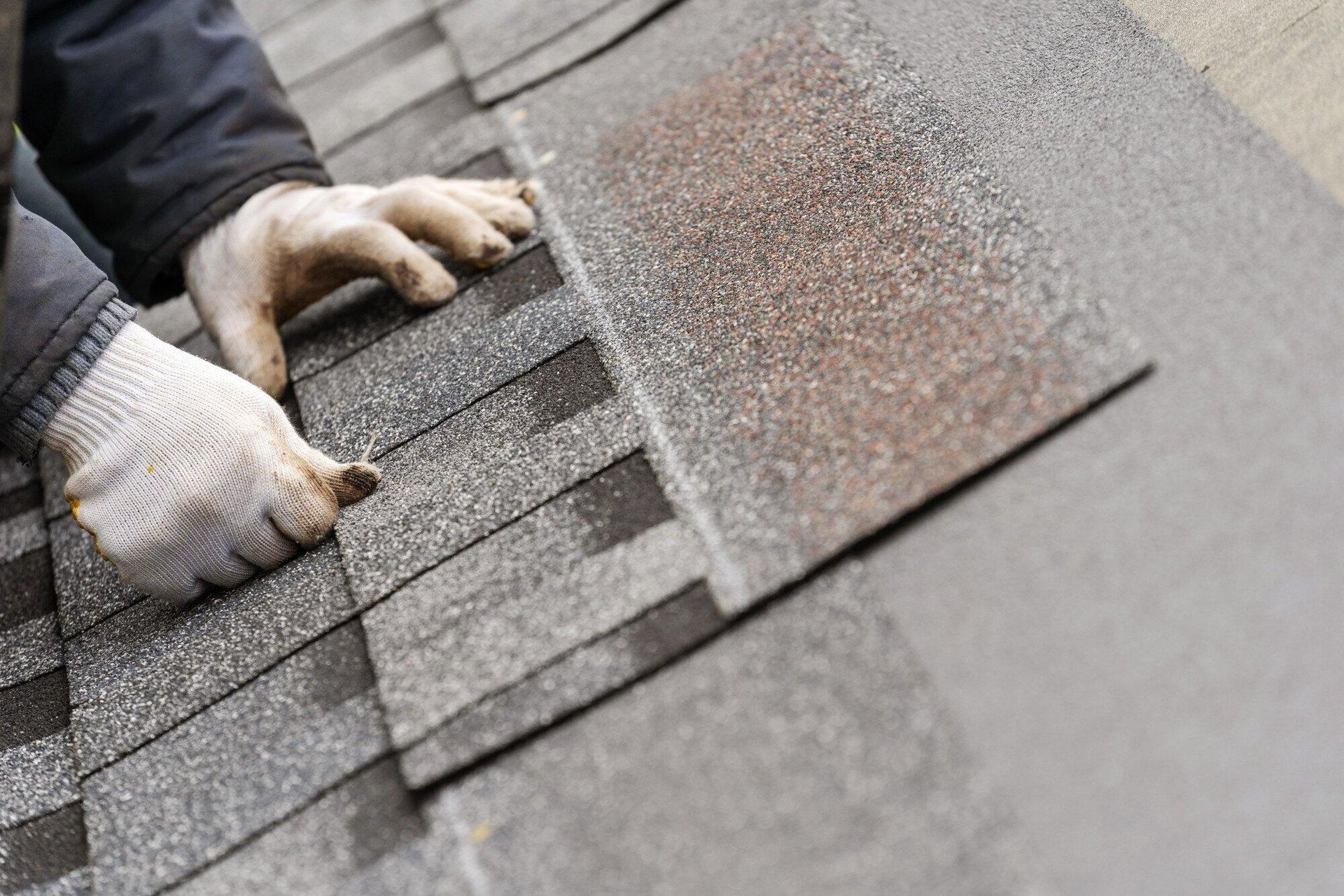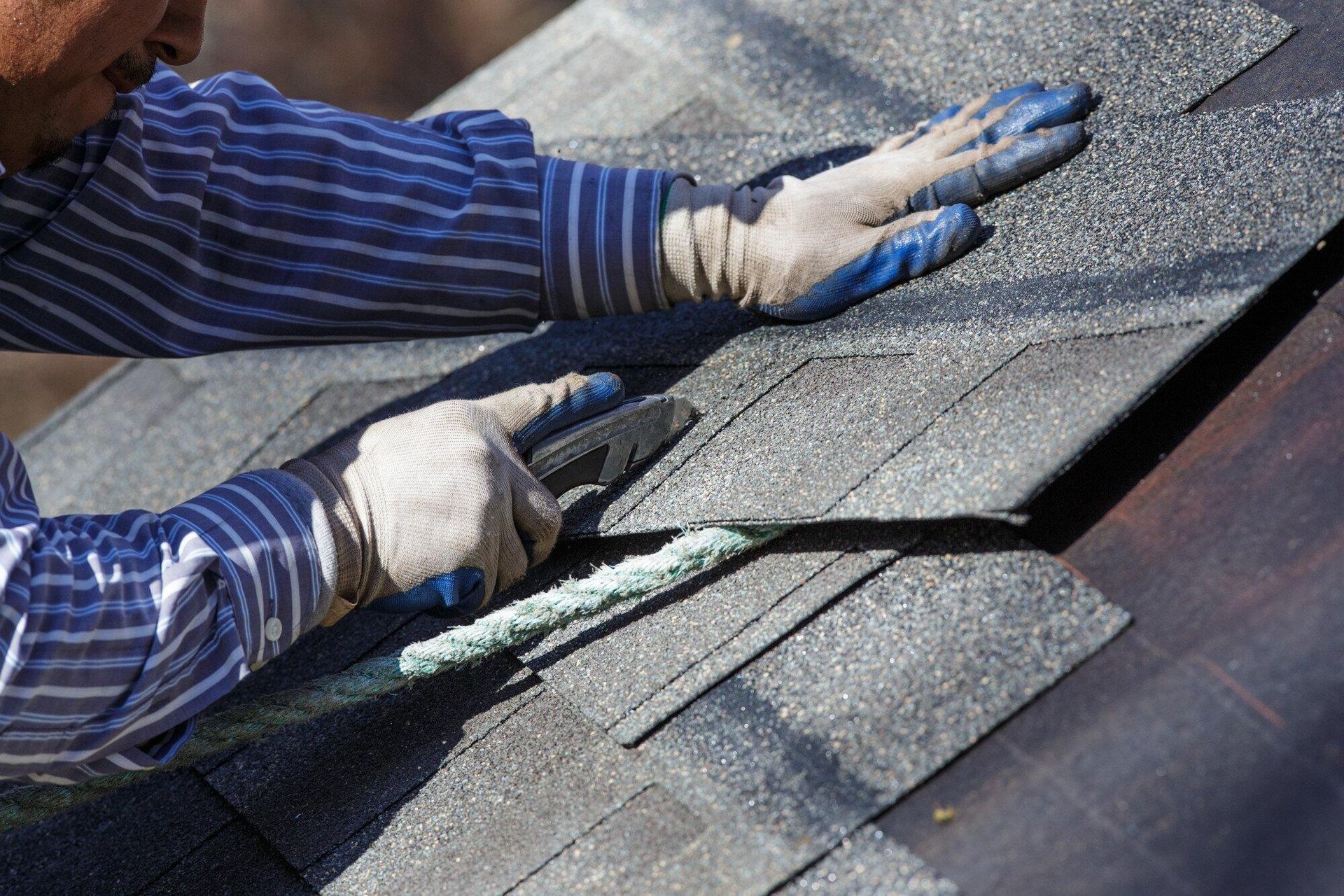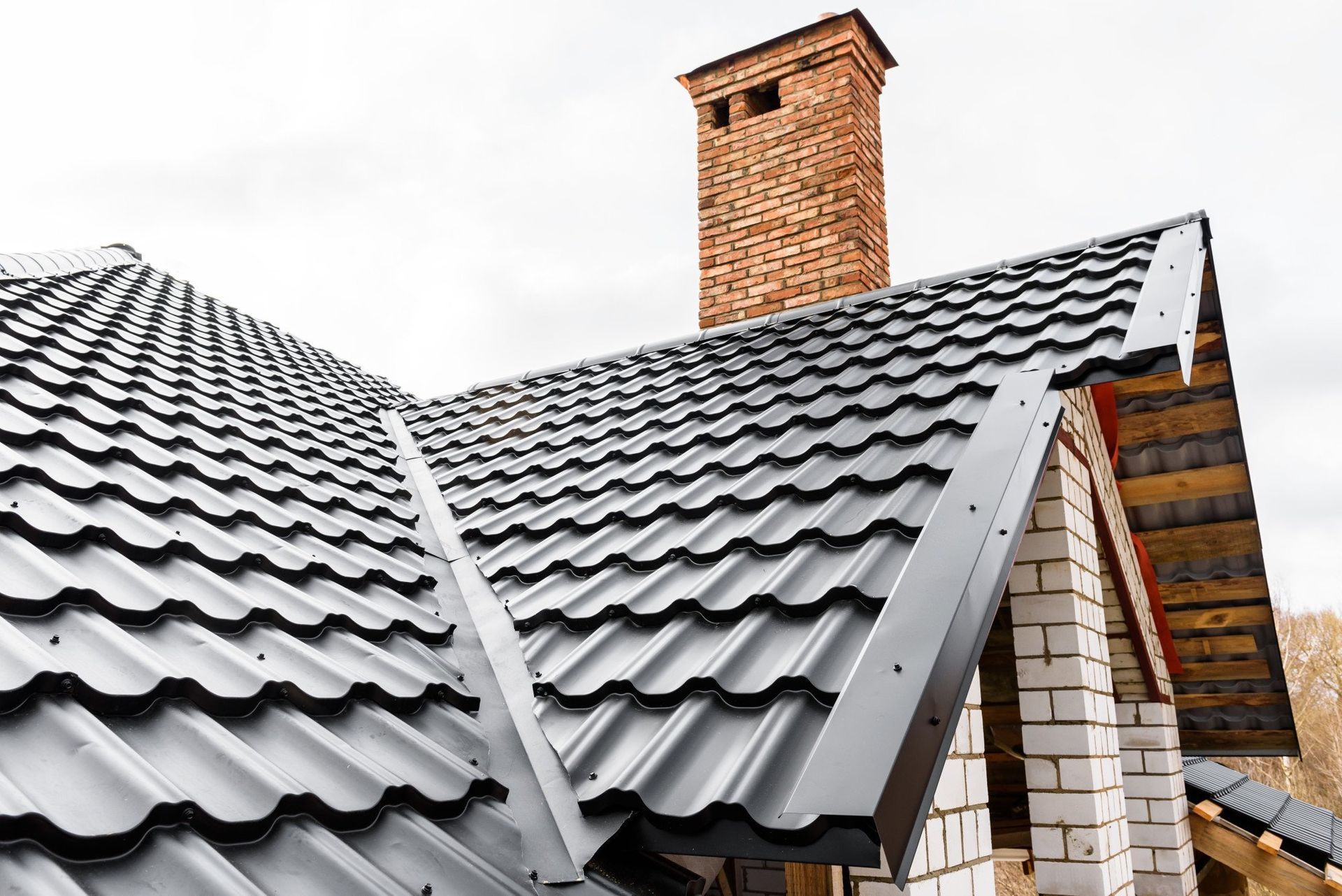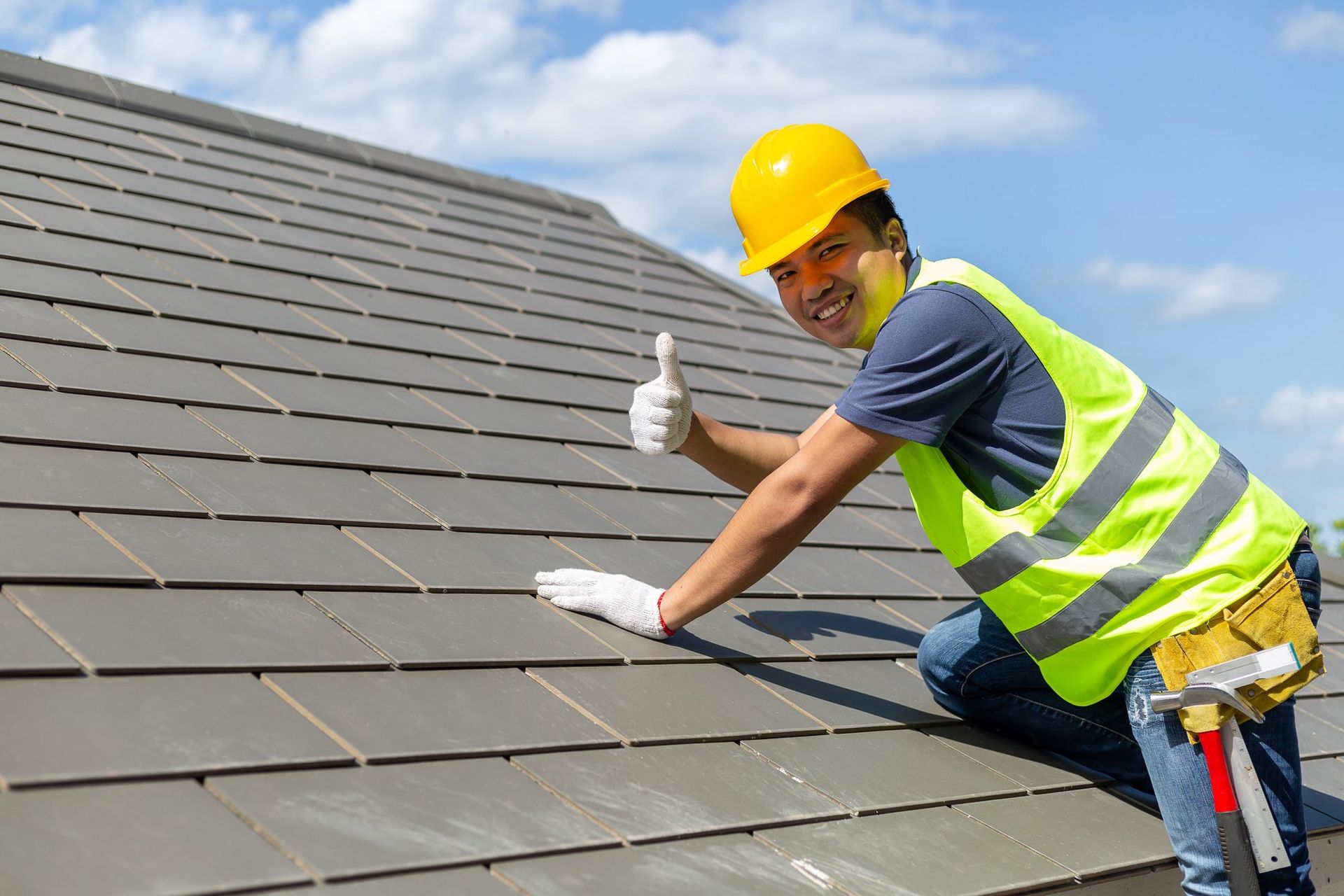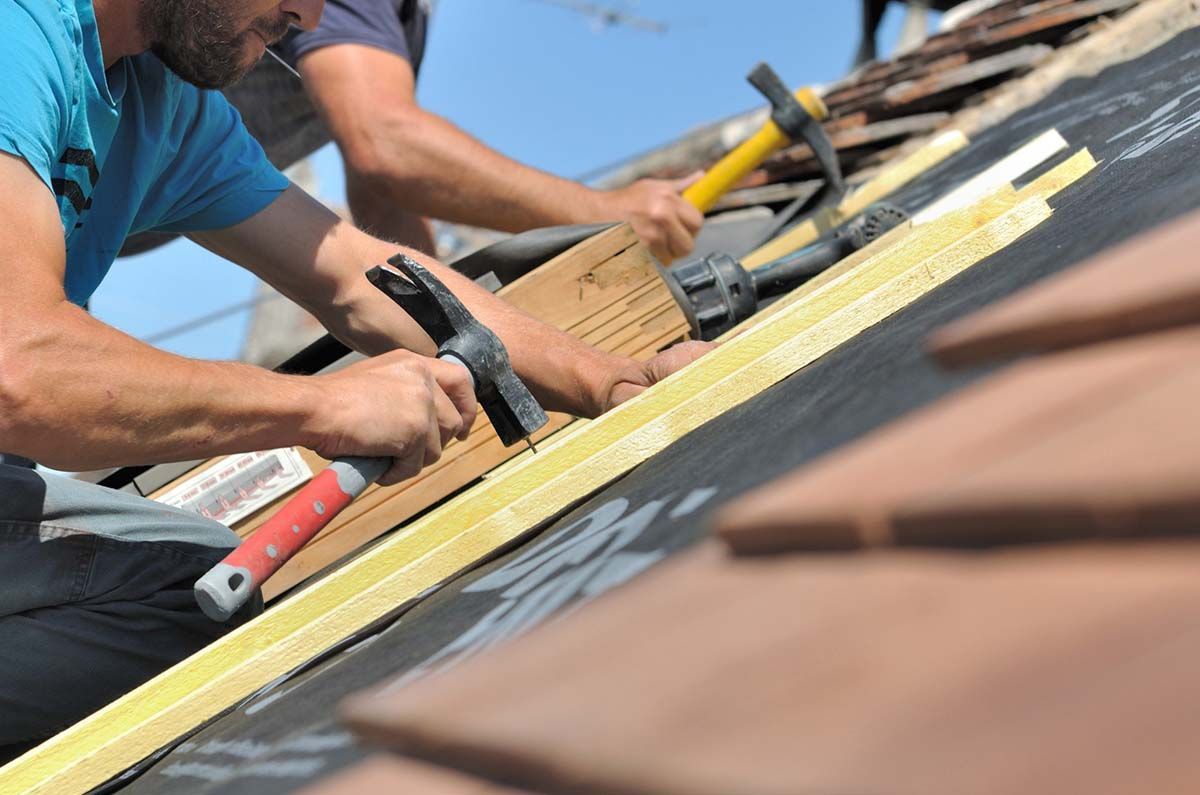How Long Does a Metal Roof Last? A Guide for Homeowners
How Long Does a Metal Roof Last? A Guide for Homeowners
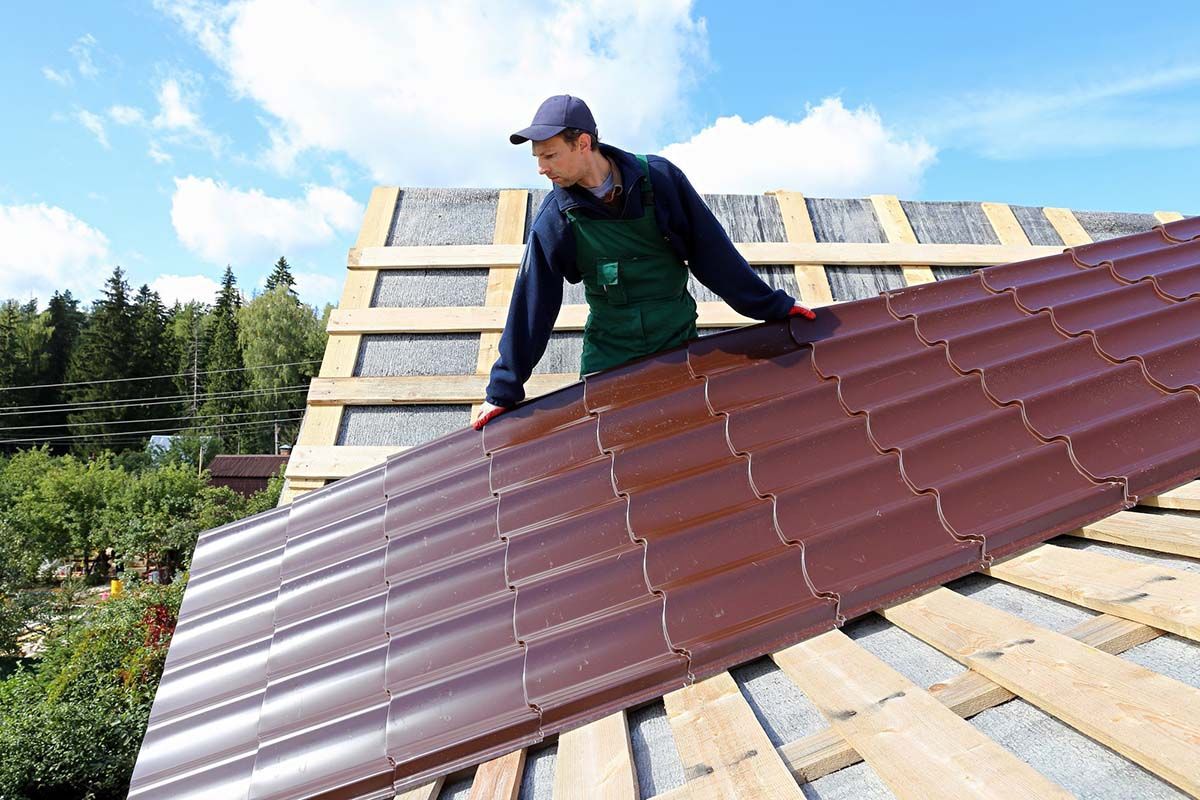
In the United States, the share of residential metal roofs has risen from 12% to 17% between 2019 and 2021. Metal roofs are rising in popularity as time goes by.
Whether you're thinking about installing a metal roof for the first time or you're trying to plan for the future, knowing how long a metal roof lasts can be helpful. Metal roofs tend to last significantly longer than shingles do and have exceptional durability and strength.
So how long does a metal roof last? In this guide, we'll tell you what you want to know.
How Long Does a Metal Roof Last?
There are a lot of factors that affect how long a metal roof will last, so it's hard to give an exact answer. Generally speaking, however, a metal roof will last anywhere from 30 years to 80 years.
You'll need to consider the specific type of roof that you have when trying to determine how long it will last. You also need to consider several other factors as well including the installation process, weather conditions, and how well you maintain your metal roof.
Standing Seam vs. Screw-Down Panel Metal Roofs
When determining the lifespan of your metal roof, one of the main things to think about is the type that you have. The two main types are standing seam and screw-down panel metal roofs.
A standing seam metal roof will typically last a bit longer than a screw-down panel metal roof. This type of roof has metal roofing panels that are joined by an underlying seam. They also have vertical trapezoidal legs that work to cover the seam.
A standing seam metal roof will typically last at least 30 years. However if conditions are right and if you take care of your metal roof, it may last as long as 70-80 years instead.
A screw-down panel metal roof is screwed down with exposed screws which hold metal panels to the roof decking. These don't have as much durability as standing seam roofs, so they generally won't last as long. These roofs will typically last between 20 to 30 years.
Factors That Affect Metal Roof Lifespan
There are other factors that can affect how long your metal roof lasts as well. Here's what you should think about:
Metal Roof Coatings
If your particular metal roof has a metal roof coating such as a Kynar 500 finish, then its lifespan may be extended. This type of paint coating can help to protect your roof and add to its durability.
However, keep in mind that this type of coating can only be applied to a standing seam metal roof. It can't be applied to a screw-down panel metal roof.
Quality of Installation
If your home roofing is installed well by professional roofers, it's more likely to have a longer lifespan. In particular, standing seam metal roofs need to be installed with extra care so that they will have the highest level of durability possible.
Be sure that you hire a licensed roofing contractor. A reliable contractor with experience will ensure that the job is done right.
Attic Ventilation
The conditions in your attic can also affect how long your roof lasts. If your attic doesn't have adequate ventilation, the metal on your roof may deteriorate more quickly. Roofing materials could end up expanding and contracting or developing ice dams more easily.
You'll want to avoid moisture damage in the attic. Ensure that your attic is insulated and ventilated properly so that your roof will last as long as possible.
Weather Conditions
The weather that's in your area can also affect how long your roof lasts as well. If your home experiences extreme weather conditions on a regular basis then you may find that your roof doesn't last as long as it could if you lived in an area with very mild weather.
High winds, hail, rain, snow, and high heat can all damage your roof. Keep this in mind when trying to determine how long your roof will last.
Maintenance
The amount of effort you put into maintaining your metal roof will also influence how long it takes before you need to make a replacement. Keeping an eye on your roof and ensuring that any damage is taken care of immediately will help quite a bit.
It's a good idea to trim branches that are nearby and to avoid letting your gutters get clogged. You should always remove debris as soon as you notice any issues.
Generally speaking, you should plan to get your roof inspected at least once a year. This is true whether you have a standing seam roof or a screw-down panel metal roof.
Paying attention to the condition of your roof is well worth it. It can help ensure that you need to make fewer repairs and that more time passes before you need to make a full roof replacement.
Are Metal Roofs Easy to Maintain?
Despite needing to maintain your metal roof to make sure that it lasts as long as possible, metal roofs are relatively low maintenance when compared to other roofing materials. Metal roofs are very resistant to issues and are very durable overall.
Although standing seam roofs are more durable than screw-down panel metal roofs, all types of roofs made from metal are incredibly strong. Metal roofs don't experience problems with the collection of moss and snow doesn't cause any problems either.
You'll need to maintain your roof, get inspections, and make sure that your gutters remain unclogged. However, taking care of a metal roof is fairly easy and is a great choice for a home.
Choosing a Metal Roof
So how long does a metal roof last? By now you should have a better understanding of your metal roof's lifespan.
A metal roof's lifespan will vary based on how well you take care of it, the quality of the installation, weather conditions, and several other factors. However, you can generally expect a metal roof to last anywhere from 30-80 years on average.
Ready to make repairs or replace your residential roof? Contact Garner Roofing to find out more about how we can help meet your needs.
Metal Roofing Sacramento CA: Inspecting, Buying, and Installing
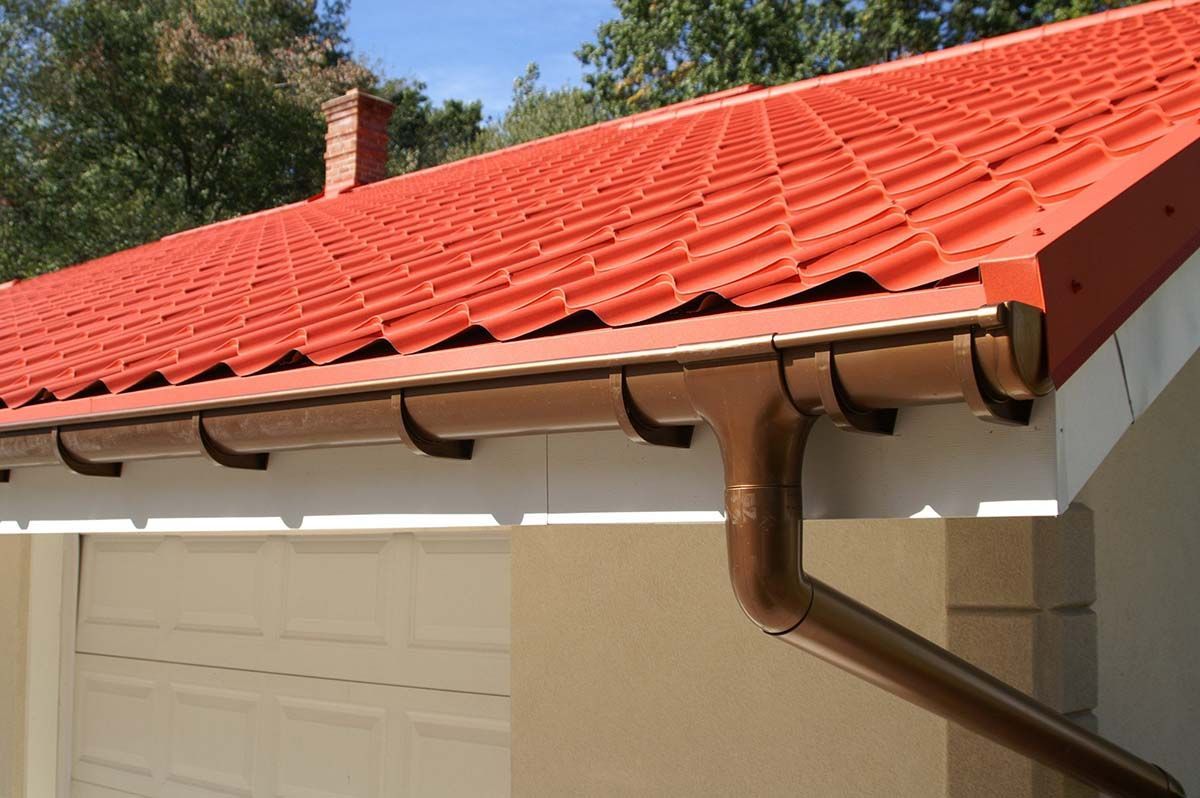
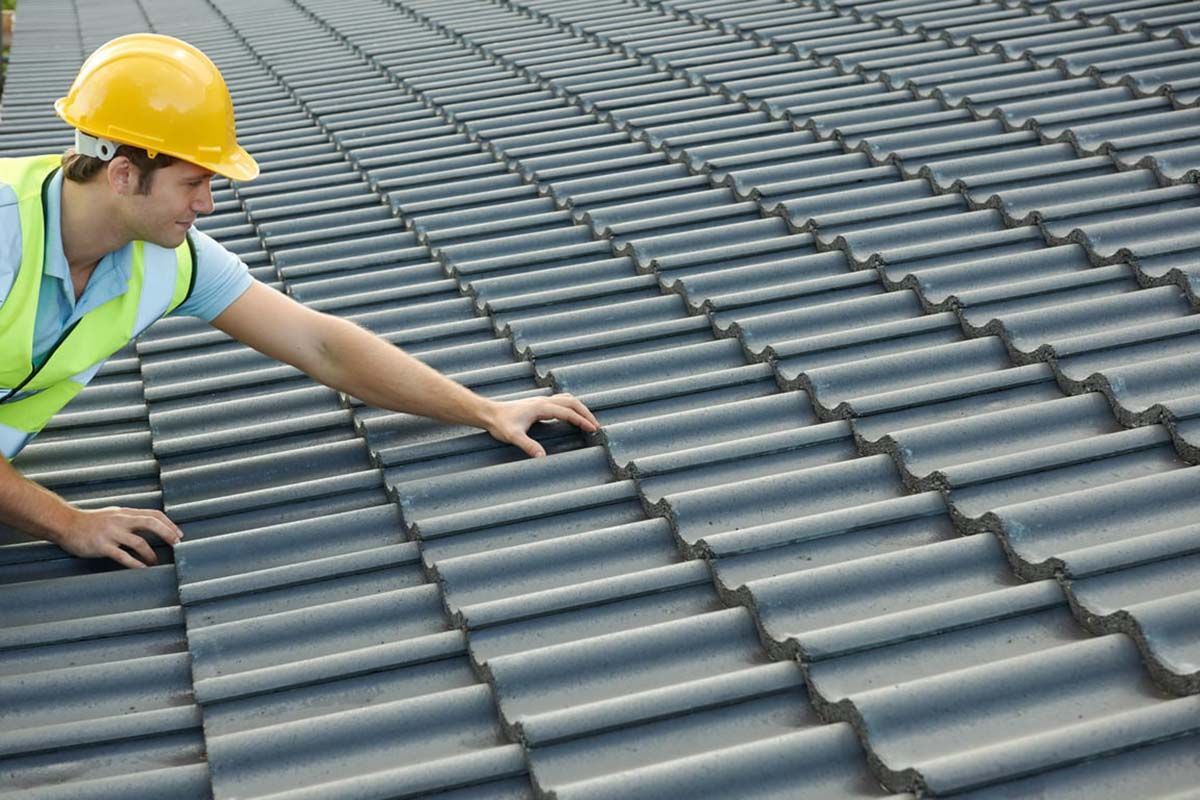
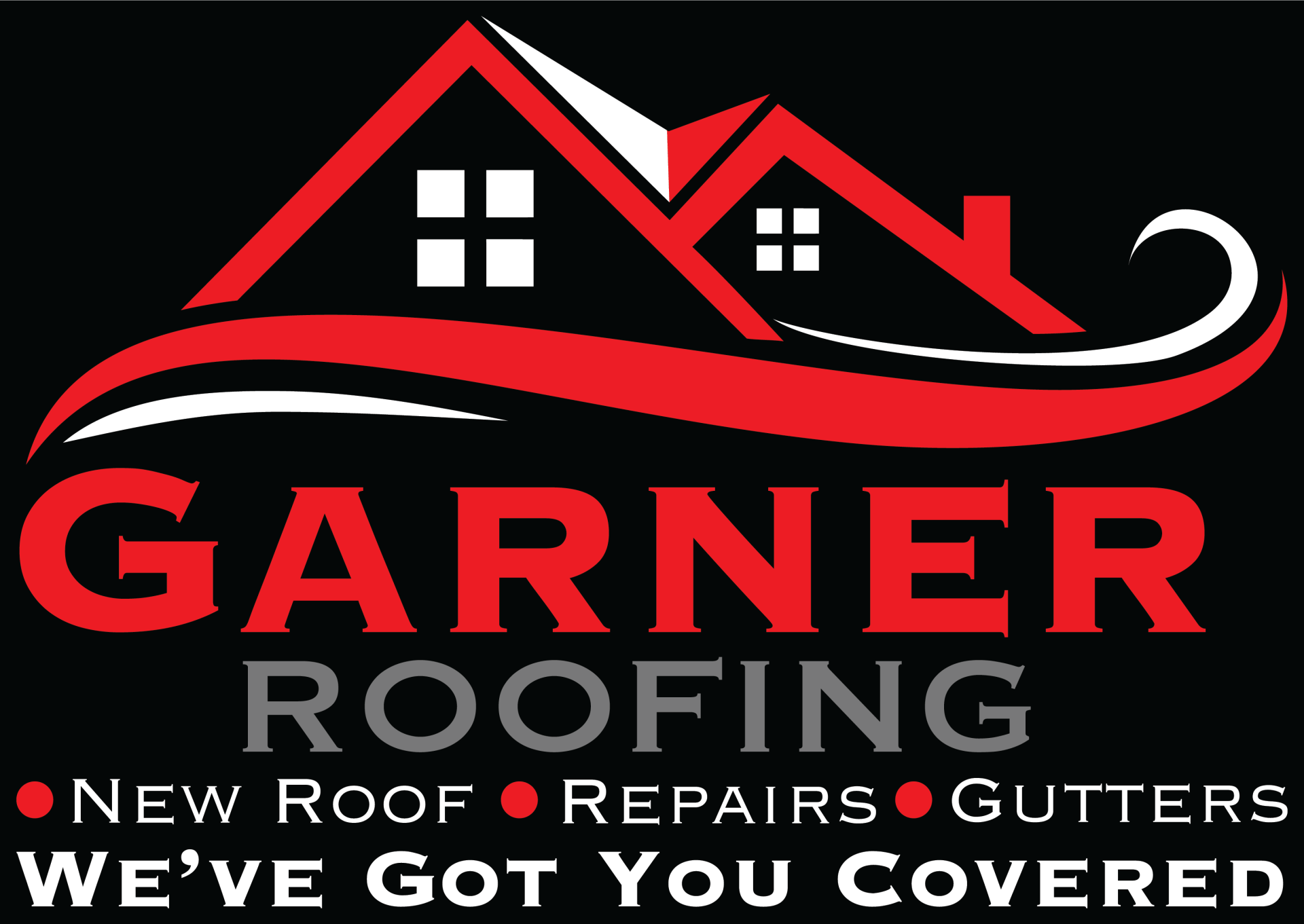
Hours:
Sunday - Closed
Monday - 8:00 am - 6:00 pm
Tuesday - 8:00 am - 6:00 pm
Wednesday - 8:00 am - 6:00 pm
Thursday - 8:00 am - 6:00 pm
Friday - 8:00 am - 6:00 pm
Saturday - 8:00 am - 4:00 pm
All Rights Reserved | Garner Roofing | Powered by Aletheia Digital
